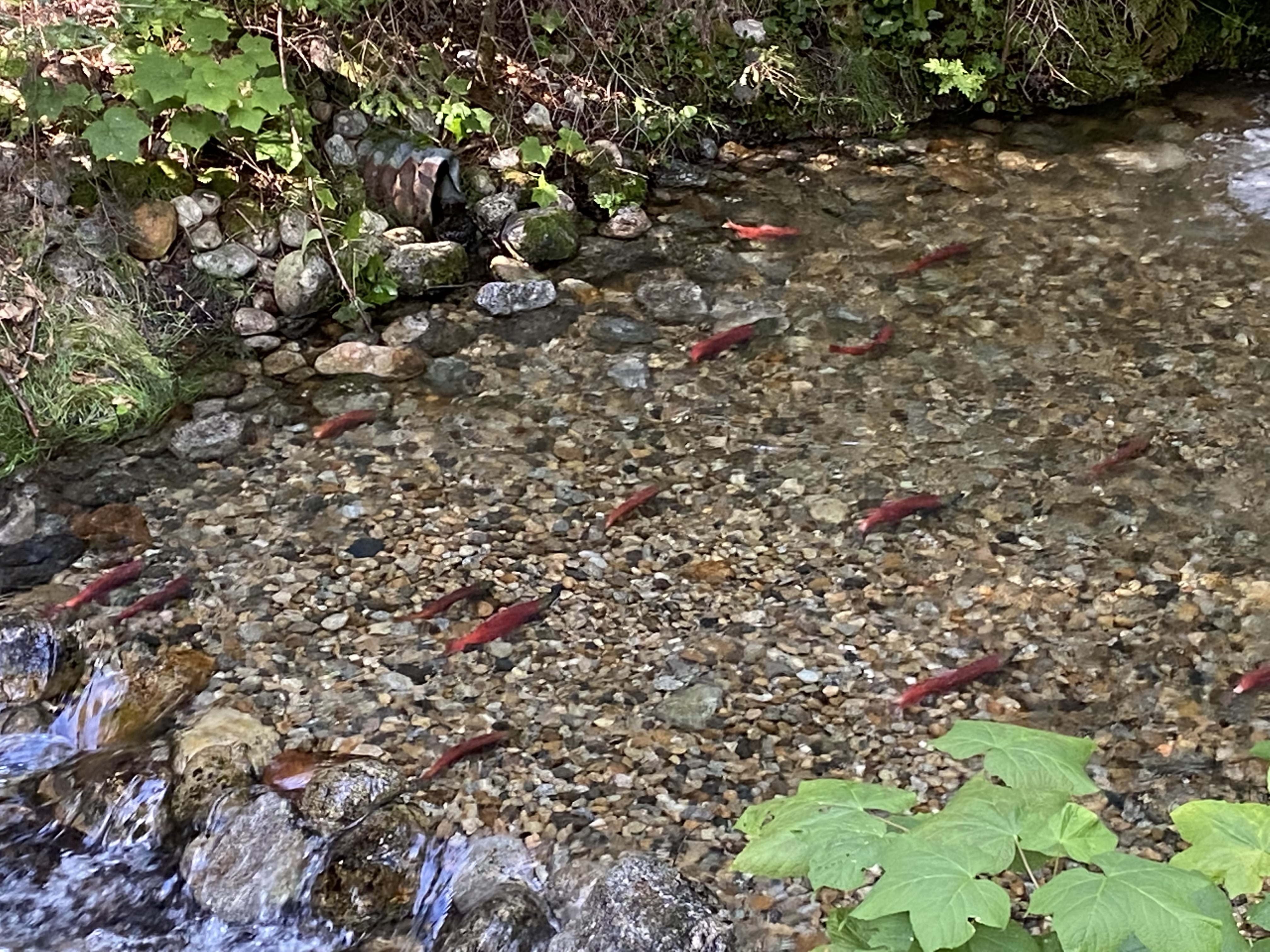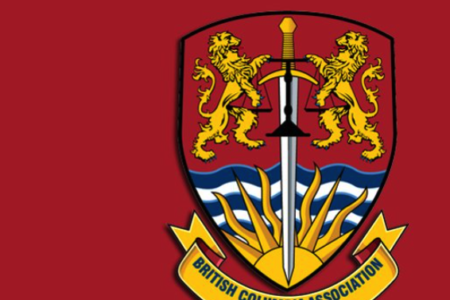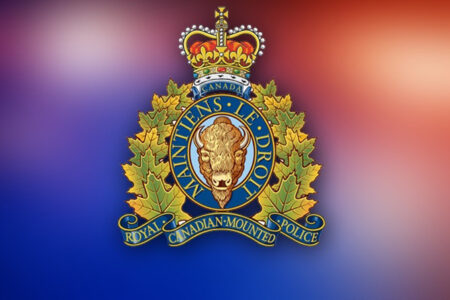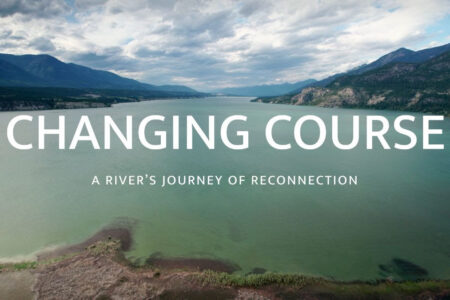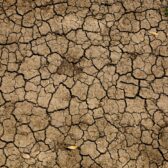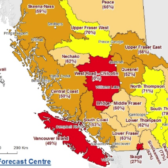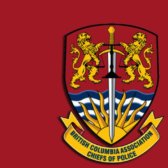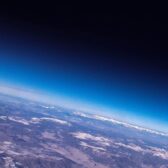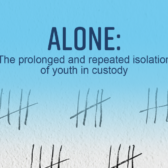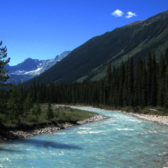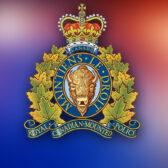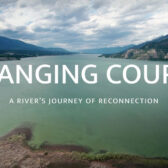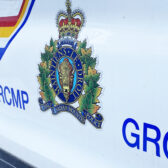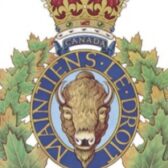Kokanee begin the uphill swim from record low levels in Kootenay Lake
The ravages of 2014 are still affecting current populations of Kootenay Lake salmon and are keeping their numbers low, but the land-locked fish’s future is looking much different.
Eight years ago the kokanee salmon population in the lake collapsed, from an average of about a million to “unprecedented low numbers,” averaging between a record low of 12,000 in 2017 to about 90,000 in 2020.
Those numbers reflected a poor survival from 2014 and a “weak cohort” that spawned in 2017, noted an official with the provincial Ministry of Forests, Lands, Natural Resource Operations and Rural Development, which is responsible for kokanee management.
“Kokanee spawner counts have not been fully completed, but we are expecting 2021 to result in a low return, as was anticipated,” noted the official.
However, despite the low numbers right now, there are more abundant spawning numbers predicted for the next few years due to improved survival and higher egg deposition after 2017.
The ministry contends that when kokanee fall to such low abundances, they have more food available to them, as there is less competition between fish, so they grow much faster and larger.
“This translates into many more eggs per female, so although spawner abundance is much lower, total egg deposition for the whole run hasn’t fallen as dramatically,” the official explained. “In fact, in 2020, the 90,000 spawners laid enough eggs to produce the long-term pre-collapse average of fry.”
However, the species has thrived in some lakes in the region but not others — like Kootenay Lake — with research noting that factors such as pollution, lake levels, climate change and habitat loss are contributing to the downswing.
A land-locked form of sockeye salmon, the number of spawning fish can vary each year — similar to ocean-going forms of salmon.
But some people have warned that Kootenay Lake’s ecosystem is out of balance and more should be done here to resuscitate the species, including a larger kokanee egg planting and a reduction in the predatory rainbow and bull trout.
Picking on kokanee
There are other factors related to the downward spiral of the kokanee, including over predation from rainbow and bull trout in the lake.
In order to address restoring the balance between the species in the lake the table must be tilted for a while, the ministry contends, with the ecosystem favouring having kokanee overabundant, relative to the demand of their predators.
The equation for recovery of one species of fish comes, temporarily, at the expense of others, noted the ministry official.
“Ultimately, kokanee recovery is predicted to occur when we reach a threshold in the lake where kokanee are abundant enough to outpace the demand of predators,” he said.
“The exact threshold is unknown, but there are actions we can and have been taking to restore the balance, and the approaches are to increase the amount of kokanee surviving or eggs being deposited and/or reduce the number of predators.”
Part of that reduction are programs such as the Angler Incentive Program (https://bcwf.bc.ca/kootenay-lake-angler-incentive-program/), which encourages anglers to harvest rainbow and bull trout in the main body of Kootenay Lake and then turn in the heads to local depots to enter a monthly or grand prize. The program has been deemed a success by the ministry.
Keeping the beat
Five years ago the ministry deposited over 500,000 kokanee eggs into the spawning channels surrounding the lake, citing a 90 per cent hatch rate.
And now, using an adaptive management approach based on “strong monitoring of kokanee and predator populations, as well as scientific advice from an expert team to annually monitor the situation and inform changes to recovery actions,” the numbers are rising.
“Kootenay Lake recovery may take several years, but it is clear that our prior actions to increase kokanee abundance, coupled with predator reduction actions, are key to resulting in a better balance,” the ministry official noted.
Once the balance is restored, it is expected that kokanee will again become abundant within a life-cycle (about three to four years), and large bodied rainbow trout and bull trout will follow within a few years.
This situation will trigger a different response from the province at that point.
“In order to ensure the balance is maintained into the future, it is expected that our focus will then shift to developing strategies to maintain balance of fish populations in consultation with the public and our partners from Indigenous Nations and the BCWF,” the ministry official explained.



